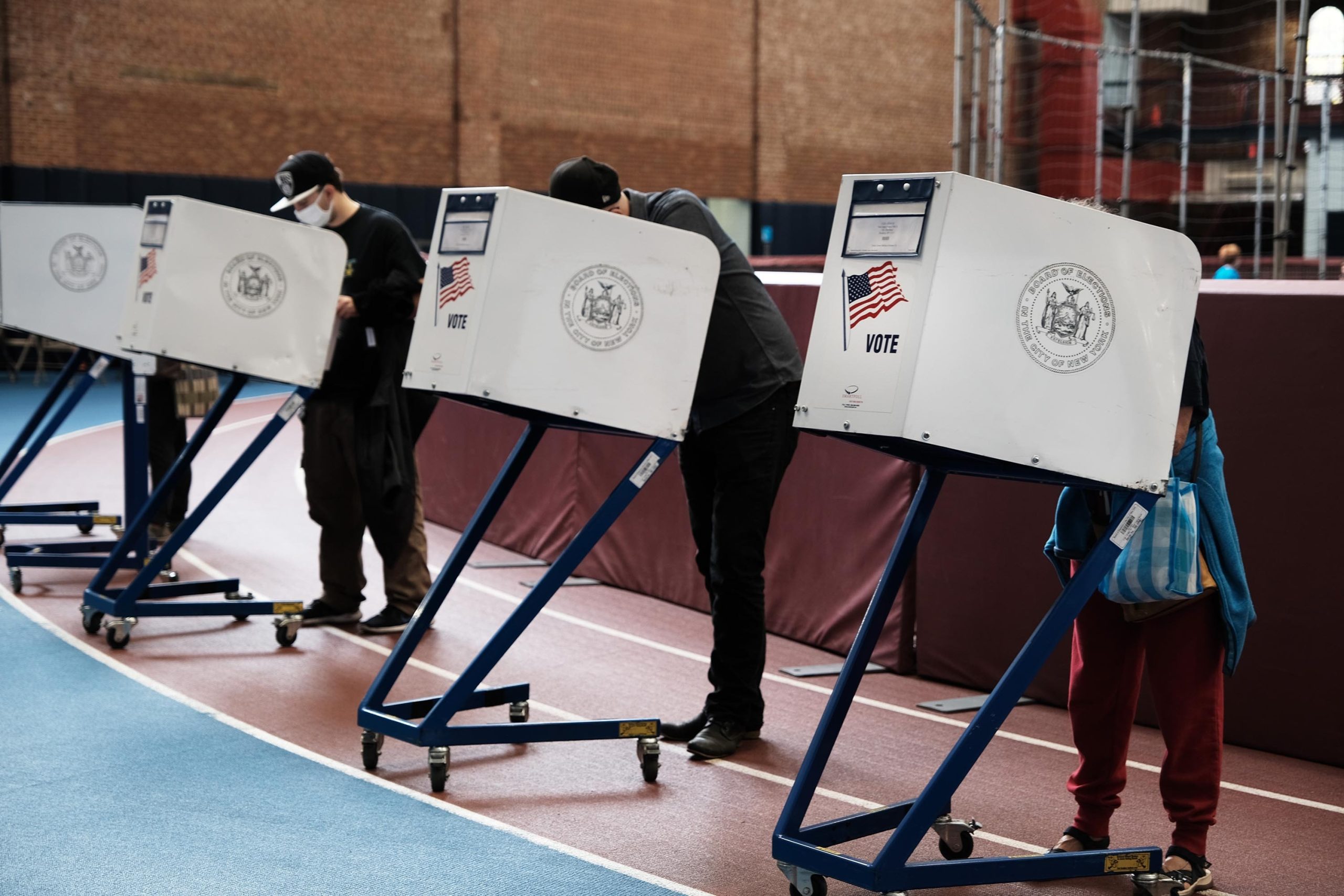The initial results of CNN’s exit polls from the North Carolina and Virginia Republican primaries reveal interesting insights into the sentiments of GOP primary voters.
In North Carolina, nearly two-thirds of primary voters indicated that they would still consider former President Donald Trump fit for the presidency even if he is convicted of a crime. Similarly, over half of Virginia’s GOP primary voters expressed the same sentiment.
Additionally, about 4 in 10 primary voters in North Carolina identified themselves as part of the “Make America Great Again” (MAGA) movement, a slightly lower percentage compared to Iowa’s caucuses, where 46% identified with the MAGA slogan.

In South Carolina, approximately 41% of GOP primary voters identified with MAGA, while about one-third of New Hampshire GOP primary voters did the same.
Exit polls, while valuable for understanding primary voters’ demographic profile and political views, are estimates and not precise measurements.
The preliminary exit poll numbers have not yet been weighted to match the final results of the primaries. However, they provide a glimpse into the types of voters participating in these primaries.
Edison Research conducted the exit polls on behalf of the National Election Pool. The North Carolina Republican primary poll included 1,484 interviews with Republican primary voters across 19 early in-person voting sites and 30 different polling places on Election Day, with a margin of error of plus or minus 4.0 percentage points for the full sample.
The Virginia Republican primary poll included 1,196 interviews with Republican primary voters across 30 different polling places on Election Day, with a margin of error of plus or minus 4.0 percentage points for the full sample.
The California Republican primary poll included 585 interviews conducted before Election Day on February 25-March 3, with a margin of error of plus or minus 4.0 percentage points for the full sample.
The California Senate primary poll included 1,408 interviews conducted before Election Day on February 25-March 3, with a margin of error of plus or minus 3.0 percentage points for the full sample.


